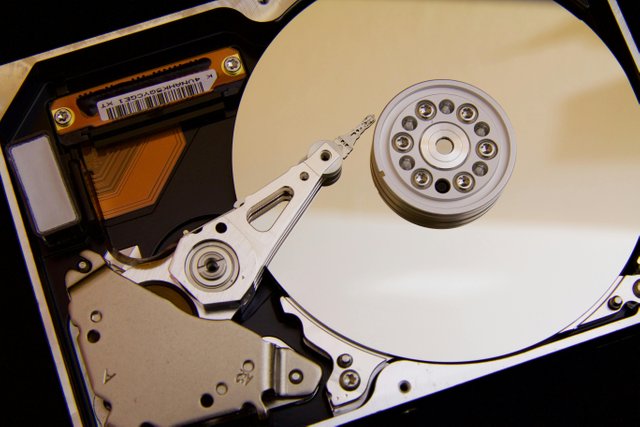Shingled Magnetic Recording (SMR) vs. Perpendicular Magnetic Recording (PMR): A Technical Comparison

Shingled Magnetic Recording (SMR) and Perpendicular Magnetic Recording (PMR) are two prominent technologies in the field of hard disk drives (HDDs). They play a crucial role in determining data storage efficiency, speed, and reliability. For anyone invested in computer hardware and storage solutions, understanding the differences between SMR and PMR is essential. This article delves into the specifics of both technologies, comparing their mechanisms, benefits, and limitations.
- Technological Overview
Perpendicular Magnetic Recording (PMR): PMR, also known as conventional magnetic recording (CMR), has been the standard for HDDs for many years. This technology aligns the magnetic bits perpendicularly to the disk platter. The primary advantage of PMR is its ability to store more data in the same physical space compared to the earlier longitudinal recording method. By writing bits vertically, PMR minimizes the magnetic interference between adjacent bits, allowing for higher data density and greater storage capacity.
Shingled Magnetic Recording (SMR): SMR, on the other hand, takes a different approach to data storage. In SMR, tracks are written in an overlapping manner, similar to the shingles on a roof. This overlapping allows for even higher data density than PMR, as it squeezes more tracks into the same space. However, this shingling method introduces challenges in terms of writing data. When new data is written, it can disturb adjacent tracks, requiring a process called "reshingling" to rewrite overlapping tracks, which can affect performance.
- Performance Considerations
Write Performance: PMR generally offers better write performance compared to SMR. Since PMR writes data in non-overlapping tracks, it does not need to perform additional steps to rewrite adjacent tracks, making it faster and more efficient for write-intensive tasks. In contrast, SMR's need to rewrite overlapping tracks can lead to slower write speeds, particularly in scenarios that involve frequent updates or random writes.
Read Performance: Both PMR and SMR exhibit similar read performance under most conditions, as reading data does not require rewriting tracks. However, in fragmented or highly updated SMR drives, read performance can degrade slightly due to the additional overhead involved in managing reshuffled tracks.
- Storage Density and Capacity
One of the primary reasons manufacturers adopt SMR technology is its superior storage density. SMR can fit more data per square inch than PMR, making it an attractive option for applications where maximizing storage capacity is critical. This higher density is beneficial for cloud storage providers, data centers, and archival purposes, where large volumes of data need to be stored cost-effectively.
- Use Cases and Applications
PMR Applications: PMR drives are well-suited for environments that demand consistent and high write performance. This includes operating system drives, databases, and applications that involve frequent data modifications. PMR's robust performance makes it ideal for use in both consumer-grade and enterprise-level storage solutions.
SMR Applications: SMR drives, with their higher storage densities, are excellent for archival storage, backups, and read-intensive applications. They are commonly used in scenarios where data is written once and read many times, such as in cloud storage and data archiving. SMR drives can also be found in some consumer-grade external hard drives, where high capacity at a lower cost is desirable.
- Cost Implications
The manufacturing cost of SMR drives is generally lower than PMR drives for the same storage capacity due to their higher data density. This cost efficiency translates to more affordable storage solutions for end-users and businesses. However, the potential performance trade-offs should be carefully considered based on the intended use case. For tasks requiring high-speed data writing and frequent updates, the performance drawbacks of SMR might outweigh the cost benefits.
- Reliability and Longevity
Both PMR and SMR drives have similar lifespans and reliability metrics when used appropriately. However, SMR drives can experience faster wear and tear if subjected to write-intensive workloads not suited to their design. Properly managing the workloads based on the strengths of each technology can help mitigate any reliability concerns. Regular firmware updates and careful management of data can ensure that both PMR and SMR drives perform optimally over their operational lifespan.
THE BOTTOM LINE
In the debate between SMR and PMR, the choice hinges on specific storage needs and use cases. PMR offers superior write performance and is ideal for applications requiring frequent data modifications. SMR, with its higher storage density and cost efficiency, is better suited for archival and read-intensive tasks. Both technologies have their unique advantages, and understanding these can help in making an informed decision. For further exploration of storage solutions, visit our storage category and for more information on hardware, check out Computer Parts HQ